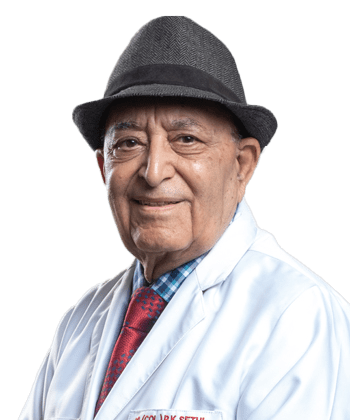 Dr. P.K. Sethi
Dr. P.K. Sethi
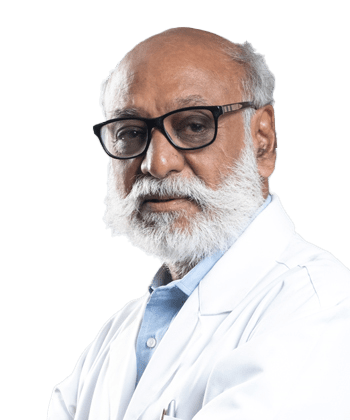 Dr. C.S. Agarwal
Dr. C.S. Agarwal
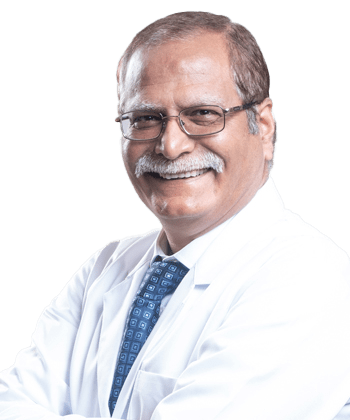 Dr. Ish Anand
Dr. Ish Anand
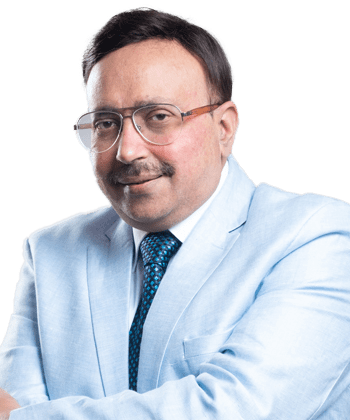 Dr. Anshu Rohatgi
Dr. Anshu Rohatgi
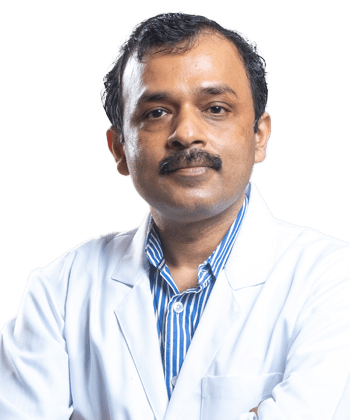 Dr. Rajeev Ranjan
Dr. Rajeev Ranjan
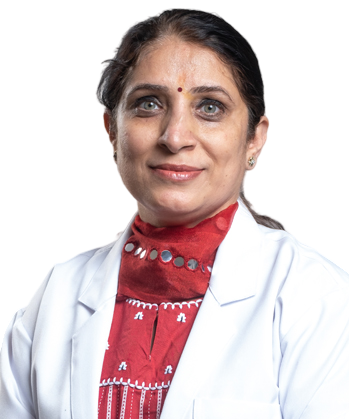 Dr. Anuradha Batra(Prof.)
Dr. Anuradha Batra(Prof.)
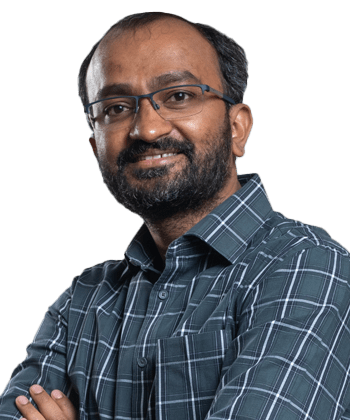 Dr. Laxmikant R. Tomar
Dr. Laxmikant R. Tomar
 Dr. Bharat Rastogi
Dr. Bharat Rastogi
The department of Neurology has six consultants, three in each unit. Together we run free outpatient service on Monday/ Wednesday/ Thursday/ Saturday from 9am to 10:30 am. Besides free OPDs the paid OPD starts at 10am in morning and go on till 8:00pm daily except on Sunday and national holidays.
The emergency services are available 24/07/365 where all kinds of Neuro emergencies are dealt with utmost care and dedication. Sir Ganga Ram Hospital is possibly one of few institutes where casualty is manned by dedicated Neurology staff. This is backed by a very strong and state of the art Intensive Care Unit and department of critical care medicine. Thus we offer a very comprehensive outdoor facility on one hand to round the clock emergency services on the other. On the academic front we have a very robust teaching programme and a strong force of 6 post graduates. Ours is possibly the first institute to be recognized by Diplomate of National Board for post graduate degree in Neurology.
After trying to achieve excellence in the most fundamental tenets of any health care facility that is patient care and education, comes research. With the help of a strong impetus and motivation from the department of research, we are also exploring this avenue and have some interesting ongoing collaborative projects with them. In the following section, an attempt has been made to discuss some of the major categories of Neurological disorders.It is not all inclusive, but only a very broad look at the conceptual framework about these disorders.
Dementia is defined as an acquired global cognitive decline meaning thereby that there is a progressive worsening of intellectual abilities and memory which is severe enough to affect simple and routine day to day activities.
Symptoms:
A word of caution
Many of us often experience forgetfulness.We may forget where we put the car keys or repeat the same story to a friend or family member. These behaviours are usually caused by the information overload of our busy, stressful lives - it doesn't mean that we're developing dementia. As people age, they may experience memory changes such as slowing of information processing. This type of change is normal. By contrast, dementia is progressive and disabling and not a normal part of aging.
Classification From a pragmatic point of view it is better to classify dementias as Treatable and Untreatable.
It is very important to identify these treatable causes in all patients as a correct diagnosis can make a huge difference in the lives of both the patient and the care giver.
Untreatable Dementias
(The possible cause for these Dementias is Neurodegeneration ,which we will discuss separately.)
When to see a doctor?
If you or a loved one experiences memory problems or other dementia symptoms. Some treatable medical conditions can cause dementia symptoms, so it's important that a doctor determine the underlying cause.
Alzheimer's disease and several other types of dementia worsen over time. Early diagnosis gives you time to plan for the future and also in treatment
How is dementia diagnosed?
The first step is to pick up the treatable ones with the help of some simple investigations like Brain Scan, EEG and Laboratory work up for Vitamin B12, Thyroid etc. Once the treatable causes have been ruled out then the next step is to proceed for the evaluation of rest of the dementing illnesses, which is done as follows.
The Mini Mental status exam (MMSE)
It is a brief, structured test of mental status that takes about 10 minutes to complete. It can be used by clinicians to help diagnose dementia and to help assess its progression and severity.
Cognitive and neuropsychological tests Pencil-and-paper tests and interviews that evaluate cognition and try to identify specific areas of strength and weakness. Testing includes measures of memory, concentration, visual-spatial, problem solving, basic math and language skills.
They can differentiate depression from dementia, and can help in the diagnosis of specific types of dementia or brain disorders
PET Scan (Positron Emission Tomography) A type of nuclear scanning that involves capturing cross-sectional images of the brain, much like CT scanning. Functional images capture how various parts of the brain are working, which makes it a diagnostic tool for neurodegenerative conditions.
SPECT (Single Photon Emission Computed Tomography)
A type of nuclear scanning that is very similar to PET. SPECT measures blood flow and activity levels in the brain, which make it a diagnostic tool for identifying behavioral and cognitive problems in persons with neurodegenerative conditions.
FMRI (Functional MRI)
A specialized type of MRI scan that shows changes in blood flow in the brain. Unlike PET and SPECT scans, MRI is non-invasive and is done on an MRI scanner.
Others
EEG (Electroencephalogram)
Lumbar Puncture
Psychiatric evaluation and etc
Can dementia be prevented?
Research has revealed a number of factors that may be able to prevent or delay the onset of dementia in some people. Among them are:
Healthy life style-Balanced diet,Regular sleep schedule and Regular exercises.
Engagement in intellectually s timulating exercises.
Meticulous control of diseases like Diabetes, Hypertension and Dyslipidemia.
How are untreatable dementias managed?
Most treatments for dementia can control symptoms and thereby reduce the burden of disease. Many researchers are also examining whether these drugs can be used for the treatment of different types of dementia.
Many people with dementia, especially in the early stages, can practice some activities to improve the performance of cognitive functioning like test mnemonics, computerized recall devices, or take notes.
Many studies have also shown that cholinesterase inhibitors help slow the decline of mental function , and that may help to reduce behavioral problems.
An important phenomena of “sun downing” in these patients wherein there is worsening of symptoms by night can also be dealt with by accomadating them with their surroundings and providing a friendly family atmosphere.
It is important to note here that in the Indian scenario due to the availability of a good family & social support system these patients can be looked after much more appropriately unlike the west where such cases might be socially isolated.
Stroke is one of the commonest neurological emergencies. It is called a STROKE because it comes on very suddenly. Like a ‘BOLT OUT OF THE BLUE’. It is very important to understand this condition as it has great implications for proper treatment and its success. Sooner the treatment is started, better is the outcome. It is therefore, of utmost importance to recognise the symptoms as soon as possible so that the patient can be shifted to the nearest health care facility capable of treating such a patient.
SYMPTOMS OF A STROKE
HOW TO RECOGNISE A STROKE
FAST is an acronym that can be used as a mnemonic to help detect and enhance responsiveness to stroke victim needs. The acronym stands for:
In case of such a mishap, rush the affected to the nearest hospital without wasting even a second. Once there, then it is the responsibility of stroke team to act fast and start treatment as per stroke type.
There are two types Ischemic – due to blockage of a blood vessel. Resultant dead area of brain due to this cut-off of blood supply is called as an INFARCTION.
Hemorrhagic – due to leakage from a blood vessel Arguably, the best investigation is a CT scan. It is easily accessible and gives results in a few seconds.
Once the type of stroke is identified, treatment is instituted as per the following scheme.
Ischemic stroke
This particular picture is purposefully placed at the beginning of the treatment paradigm so that the importance of timely intervention can be emphasised. Sooner the blood flow to brain is reinstituted, the more are the chances of saving the brain tissue turning from Green (salvageable) to Red (permanently dead). This is possible only if the patient reaches the hospital within few hours of onset of Stroke. The blockage can be overcome by a medicine called TPA. This process is called as THROMBOLYSIS. It can be done by injecting TPA in the peripheral vein of the forearm. However, this has to be done within FOUR AND A HALF hours only otherwise it can do more harm than good. Once this opportunity is lost, then the same medicine can be given directly into the brain vessel by a process called DSA (Digital Substraction Angiography) and INTRA-ARTERIAL THROMBOLYSIS. Once this opportunity is also lost, then there is still some hope. Here, MECAHNICAL THROMBOLYSIS can be tried. This is a process in which the obstruction can be removed by a device. As of now, we use PENUMBRA DEVICE. The following short video shows the basic fundamentals of mechanical thrombolysis.
After approximately 8 hours, the opportunity of the aforementioned interventions is lost and it should not be undertaken. In more than 8 hours older Ischemic Strokes, the treatment options are very limited and are mainly directed towards preventions of complications of stroke. The first step is to look for A-B-C (Airway – Blood Pressure – Circulation). It is of utmost importance that the patient should not choke, blood pressure should be meticulously brought to optimal levels and the blood circulation to all the vital organs should be adequately established. The next step is to draw blood samples, do a chest X-Ray and an ECG. Once this is done, the treatment essentially consists of controlling the blood pressure, blood sugar and various other parameters. An important complicating factor is swelling of brain which may occur in some cases of Ischemic strokes. In most of the cases, this can be taken care of by medicines only. However, in some cases, a minor surgical procedure might be required.
Haemorrhagic stroke
The commonest cause of Brain Haemorrhage is uncontrolled blood pressure (hence, a proper control of blood pressure in hypertensive patients cannot be overemphasised). Other major causes include abnormalities of the blood vessels of brain (e.g. Aneurysm, Arterio-Venous Malformation, etc.). The treatment paradigm for hypertensive haemorrhages essentially consists of various steps which we have already discussed in the section on Ischemic strokes. The majority of patients (nearly 80%) can be managed with the help of medicines. Surgery is rarely required. The main aim of treatment is to contain and reduce the swelling associated with the haemorrhage.
In brain haemorrhage due to conditions like Aneurysm and Arterio-Venous Malformation (AVM), the main effort is towards sealing the leakage of blood. In a good number of cases, this can be achieved by a modality called ENDOVASCULAR TREATMENT which is done by a specialist doctor called NEURO-INTERVENTIONIST. The basic principle is to reach the sight of leakage with the help of DSA and put either a special kind of glue or special coils. If the sight of leakage cannot be reached by DSA, then it is done by surgery. Here, the specialised NEURO-VASCULAR SURGEONS come to the rescue.
Most of the patients of stroke can be saved with the help of aforementioned treatment protocols. However, some of them succumb to the illness. In the survivors, the next big challenge is to work hard towards reducing the disability (achieved by physiotherapy and rehabilitation) and preventing another stroke (by controlling risk factors).
Physiotherapy and rehabiliation
This is possibly the most underemphasised and underutilised facility by one and all. It is vital that the patient be subjected to this facility as soon as possible by trained personnel and in dedicated centres. You have to see to believe that the recovery can be miraculous if the things are done in a proper way. Now, there are many gadgets which come very handy in bringing these unfortunate individuals to very good functional recovery.
Risk Factors
Physical inactivity
The process of controlling modifiable risk factors and thereby preventing repeat stroke is called as SECONDARY STROKE PREVENTION. Once due care is given to the risk factors, next comes identification of blockages in the blood vessels going to the brain. For screening purposes, the procedure used is called as DUPLEX SCANNING.
If the duplex scan shows major blockage in any of the blood vessels going to the brain, then Angiography is done to confirm it. Fortunately, the Brain Angiography can be performed by simple and non-invasive methods using CT scan or MRI which are totally safe and free of complications. If the blockage is significant, then it can also lead to a TIA (Transient Ischemic Attack) or you can call it a Mini-Stroke. In such situations, if the blockage is more than 70%, then it should be tackled either by surgery or by putting a stent.
Stroke Unit
One last word about this functional concept of Stroke care. It basically serves to shorten the time in which the stroke care is delivered to the victim. As soon as the patient reaches the emergency services, a special code is activated which alerts all the various departments which are needed so that all of them converge on the patient and deliver the treatment in a highly concerted way.